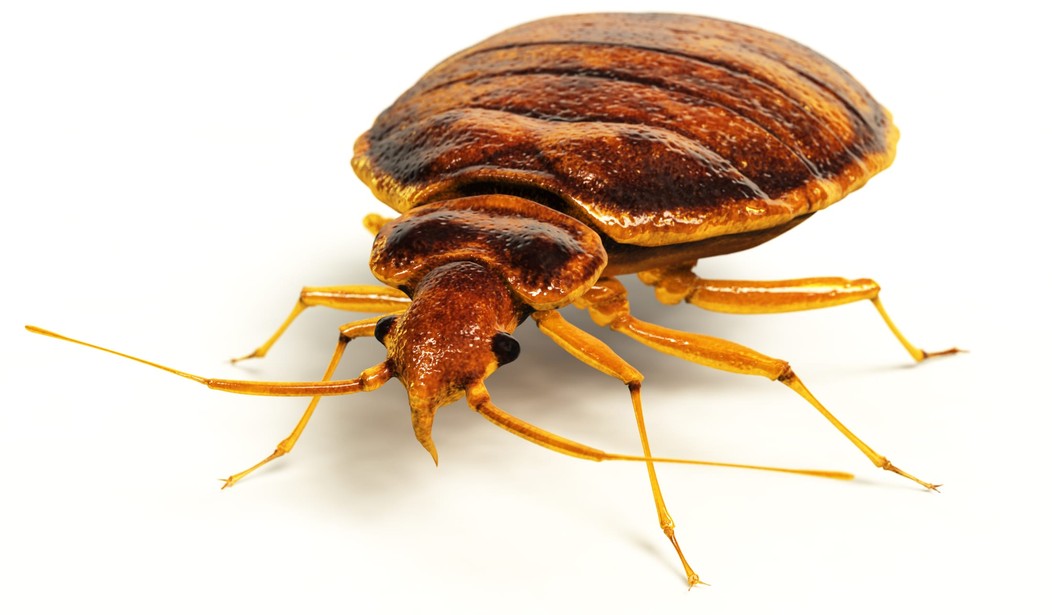Terminix last week released their list of the cities with the worst bed bug infestations. Four Ohio cities made the top 25 list as did San Franciso and the nation’s capital.
The provider of termite and pest control services teamed up with ServiceMaster to compile the list, which is based on the number of services rendered in each city from October 1, 2017, to September 30, 2018. “This ranking was created by compiling bed bug-specific data of services rendered at more than 300 Terminix branches across the country,” Terminix said in a press release announcing the results.
Ohio seems to be experiencing higher-than-average bed bug problems, with Cleveland, Cincinnati, Dayton, and Columbus all making this year’s list. It’s the second consecutive year that Cleveland edged out other cities for the dubious distinction. Other Midwest cities — Indianapolis, Chicago, Detroit, and Pittsburg — are also struggling to eradicate the pesky insects.
- Cleveland
- Philadelphia
- Los Angeles
- Indianapolis
- Cincinnati
- Dallas-Fort Worth
- New York
- Columbus, Ohio
- Houston
- Dayton, Ohio
- St. Louis
- Chicago
- Detroit
- Atlanta
- San Francisco
- Baltimore
- Tampa, Florida
- Washington, D.C.
- Louisville, Kentucky
- Phoenix
- Nashville, Tennessee
- Pittsburgh
- Memphis, Tennessee
- Boston
- Denver
According to Terminix, in addition to bedding, bed bugs can be found in upholstered furniture, curtain rods, and even behind baseboards. “These pests can easily hitchhike from place to place by crawling into personal belongings such as jackets, purses and luggage,” the company said. “As Americans travel for the upcoming Thanksgiving holiday, they should be aware of the increased potential for bed bugs to join them on their journey through airports, mass transit, hotels and rental vehicles.”
Once bed bugs make their way into your home, experts say they’re extremely difficult to get rid of. In addition to chemical treatments, homeowners are instructed to thoroughly wash (or throw out) bedding, carpeting, upholstered furniture, and even clothing that contains the insects.
Consumer Reports highlighted a study published in the Journal of Economic Entomology last year that found bed bugs are developing an immunity to pesticides commonly in use.
“This is just more evidence that this pesticide-only approach to controlling bed bugs isn’t really working,” says Consumer Reports’ senior scientist Michael Hansen, Ph.D. “The take-away is that if you want to control these bed bugs, you can’t just spray.”
Terminix advises travelers to take precautions to reduce the risk of bringing bed bugs home with them. “Bed bugs can be killed with heat, so travelers who suspect a bed bug infestation when arriving home should launder clothing and other belongings as recommended on the clothing label, or use a portable heat chamber for non-heat sensitive items such as luggage as soon as possible,” they advised. “In addition, homeowners can place potentially compromised luggage in a plastic bag to prevent bed bugs from spreading among other belongings.”
Because bed bugs are most active at night, they’re often difficult to spot. “The bloodsucking insects are oval-shaped, wingless and reddish-brown. In lieu of spotting the pests themselves, travelers can look for signs of an infestation, which can include shed bed bug skins and blood spots on mattresses or sheets. Anyone who suspects a bed bug infestation should schedule an inspection with a pest control company as soon as possible,” said Terminix.
Two years ago PJM reported on the hotel chains with the worst bed bug infestation. The list was compiled by The Bedbug Registry, based on reports from travelers. Here are the hotel chains with the most bed bug reports:
-
- Holiday Inn (732)
- Days Inn (560)
- Super 8 (550)
- Best Western (519)
- Hampton Inn (505)
- Comfort Inn (503)
- Marriott (395)
- Hilton (338)
- Motel 6 (314)
- Quality Inn (305)
The Environmental Protection Agency recommends taking the following steps to protect your home and family from bed bugs:
- Check secondhand furniture, beds, and couches for any signs of bed bug infestation before bringing them home.
- Use a protective cover that encases mattresses and box springs to eliminate many hiding spots. The light color of the encasement makes bed bugs easier to see. Be sure to purchase a high-quality encasement that will resist tearing and check the encasement regularly for holes or a cover that has been pre-treated with pesticide to control bed bugs.
- Reduce clutter in your home to reduce hiding places for bed bugs.
- Vacuum frequently to remove any successful hitchhikers.
- Be vigilant when using shared laundry facilities. Transport items to be washed in plastic bags (if you have an active infestation, use a new bag for the journey home). Remove from dryer directly into bag and fold at home. (A dryer on high heat can kill bed bugs.)
- If you live in a multi-family home, try to isolate your unit by:
- Installing door sweeps on the bottom of doors to discourage movement into hallways.
- Sealing cracks and crevices around baseboards, light sockets, etc., to discourage movement through wall voids.
- Consider purchasing a portable heating chamber to treat any items that you believe may have bed bugs.
- Be sure to read and carefully follow the directions if you use one of these units and be aware that they are not regulated by EPA or other federal agencies.
The EPA recommends integrated pest management to control bed bugs, using a variety of methods, including chemical and non-chemical strategies. Their website includes recommendations for hiring a professional pest management service and do-it-yourself methods.










Join the conversation as a VIP Member